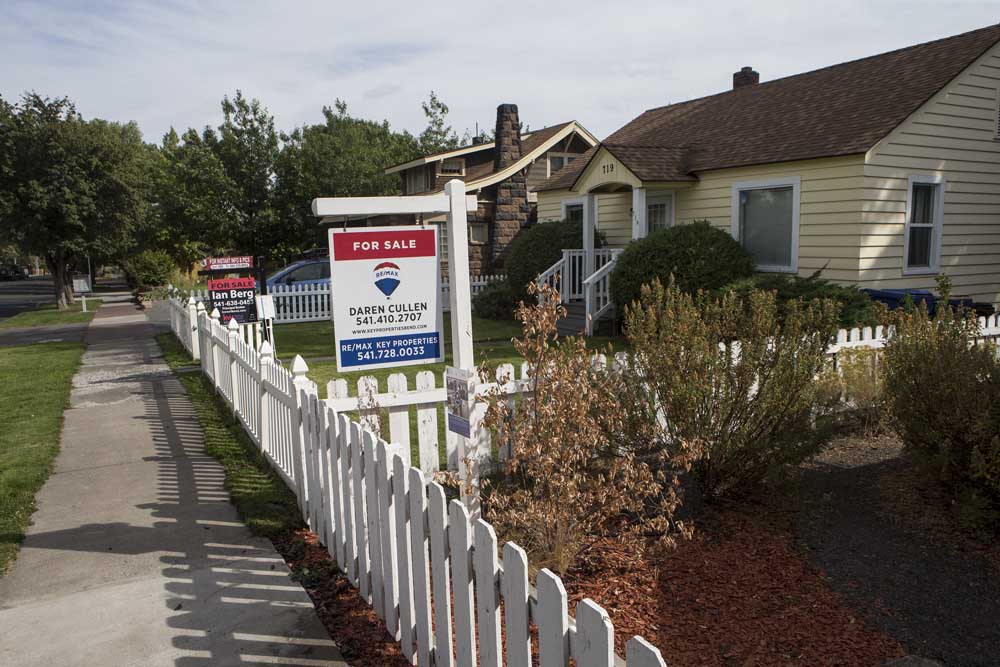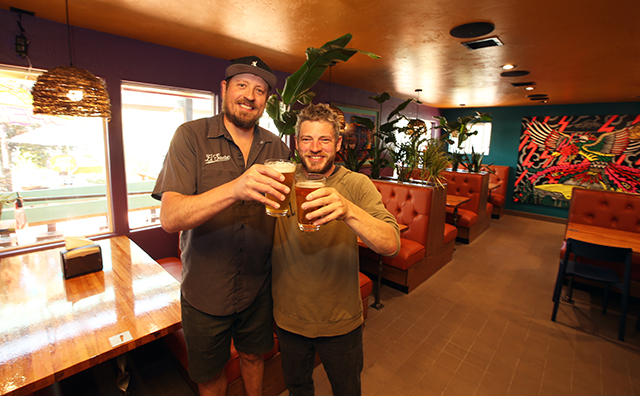Demand for dermatology high in Bend
Published 12:00 am Thursday, September 8, 2016
Bend’s medical community will soon have two more dermatologists, additions some providers say are necessary in the county with the state’s highest melanoma rate.
Patients without urgent concerns are currently waiting between two and six months for checkups at Bend Memorial Clinic, which is recruiting a new dermatologist. Serious cases can still get in sooner. Meanwhile, the company that owns High Lakes Health Care is opening its own dermatology clinic in October headed by a dermatologist from Corvallis.
“We’ve had such an influx of skin cancer patients that our wait time is climbing,” said Dr. Oliver Wisco, a dermatologist with BMC.
As a trained skin cancer surgeon and melanoma specialist, Wisco experiences a selection bias toward patients with skin cancer. But in recent months, he said the number of cases he’s identified of the three most common types of skin cancer — basal cell carcinoma, squamous cell carcinoma and melanoma — have increased. That said, there are also more patients coming in, and Wisco said he and his team are identifying cases earlier than they were in years past.
Bend Dermatology, meanwhile, has been seeing a steady uptick in patients since 2013, said Michael Lehman, the clinic’s practice manager.
“We’re seeing a fairly high demand for new patients in the area,” he said. “We’re actually exceeding what we would expect, frankly, for the population in the area.”
Dermatologists cite a number of reasons demand for their specialty is high in Central Oregon. Perhaps the most obvious is that Deschutes County is in the unwelcome position of having the state’s highest melanoma rate between 2009 and 2013, the most recent years for which data is available. The county saw 39 cases per 100,000 people in that time, according to the Centers for Disease Control and Prevention. (Grant County also saw 39 cases per 100,000 people.)
And that’s all within Oregon, a state whose melanoma rate was the fourth highest nationally in 2013, according to the CDC. That year, Oregon saw 28.4 deaths per 100,000 people, trailing Delaware, Vermont and, the highest: Utah.
It’s not known exactly why Deschutes County’s melanoma rate is so high, but dermatologists believe the sunny weather and outdoorsy population play a role.
While Bend’s rapid population growth naturally bumps up demand for medical care across the board, who is moving here matters, too. Central Oregon is a popular choice for retirees, and skin cancer is more likely to strike people whose skin has spent years under the sun and exposed to free radicals, atoms that can cause cell damage, in the environment.
Melanoma has a stronger genetic link than other types of cancer, so the large proportion of people in Bend with light skin and a family history of the disease could also boost demand here.
For his part, Dr. Mark Hall, a dermatologist with Central Oregon Dermatology, said while demand is certainly high in Bend, he believes wait times are less than they would be in other areas. At his practice, for example, they can get patients in within 24 to 48 hours.
“If they wanted to be seen sooner or in a more timely fashion, certainly I think we’d be able to get them in and have them checked out in a pretty short time span,” he said.
New patients will generally wait a week for an appointment at Bend Dermatology, although people with urgent issues can be seen sooner, Lehman said. Despite the unusually high demand, Lehman said he doesn’t believe two more dermatologists are necessary.
Adaugeo Healthcare Solutions, a Pendleton-based practice management firm that owns six specialty clinics in Bend in addition to the primary care provider High Lakes, decided to launch its own dermatology practice, Aspen Mountain Dermatology, after hearing from patients that their access to dermatologists was limited, said Dan McCarthy, Adaugeo’s administrator. Not only that, High Lakes’ primary care physicians said the clinic would allow for better communication between providers and a shared electronic health records system, which maintains continuity when patients are referred from one provider to another.
“We see an opportunity for a personable, one-on-one approach with a dermatologist,” he said.
Dr. Karla Snider Pivik, who completed her medical residency at Good Samaritan Regional Medical Center in Corvallis last week, will see patients at Adaugeo’s new clinic. She lived in Bend from 2010 to 2012 for medical school rotations, including at Bend Dermatology, which she said provided a great learning experience.
“We feel like we’re coming home,” said Snider Pivik, who earned her doctor of osteopathy degree from Western University of Health Sciences in Pomona, California, in 2012.
High Lakes’ clinics in Redmond and Sisters will allow Snider Pivik to reach patients outside of Bend, too. High Lakes provides primary care, and will be a key source of referrals for Aspen Mountain. Having grown up in the small town of Green River, Wyoming — population roughly 12,500 — Snider Pivik said she’s passionate about helping people who live in rural areas access care.
“My hope is to really be able to provide dermatology for those who aren’t able to get access,” she said.
The practice, which will be located in the Shevlin Health and Wellness Center on Bend’s west side, will also have a nurse and three medical assistants, McCarthy said. It opens October 10.
Many dermatologists in recent years have beefed up the cosmetic components of their practices, expanding services like Botox and other injectable fillers to smooth wrinkles, skin resurfacing and laser hair removal. Central Oregon Dermatology in Bend even offers CoolSculpting, a procedure touted on the popular TV show Dr. Oz that eliminates fat cells by cooling them.
Since insurance typically doesn’t cover these procedures, patients pay for them directly, which can make them lucrative for practices. With the economy improving, Hall said he’s seeing more demand recently on the cosmetic side of the practice.
While injections and fat reduction are clearly cosmetic, some dermatologic services can blur the lines between cosmetic and medical. Even if sun spots and skin tags don’t produce symptoms, it’s still important to have them looked at to make sure they’re not something else, Hall said.
“I’ll ask somebody, ‘What’s going on with this?’ and they’ll say, ‘That’s my sun spot,’” he said. “I’ll say, ‘OK. How long has it been there?’ ‘Oh, it’s new.’ I recommend we biopsy and it comes back a melanoma.”
Aspen Mountain won’t offer cosmetic procedures; it’ll be strictly medical, Snider Pivik said. That could change in the future, though, if there is a strong demand from patients, she said.
“If people are really just asking for it, I’m more than happy to do it, but it’s not really where my heart is,” she said.
— Reporter: 541-383-0304,
tbannow@bendbulletin.com






